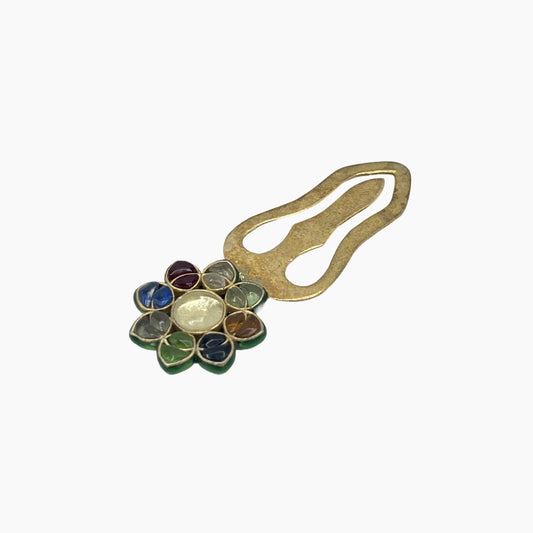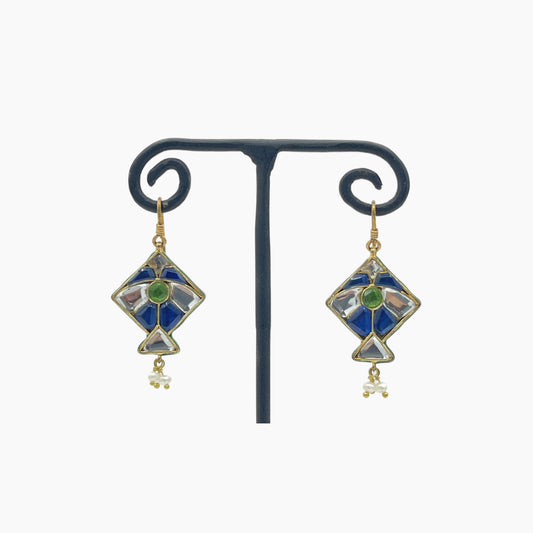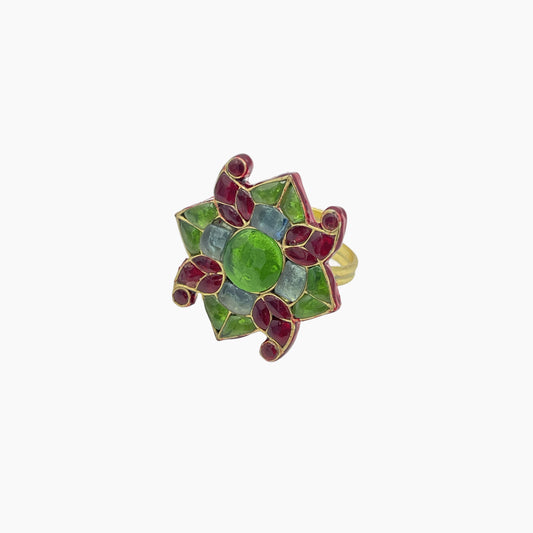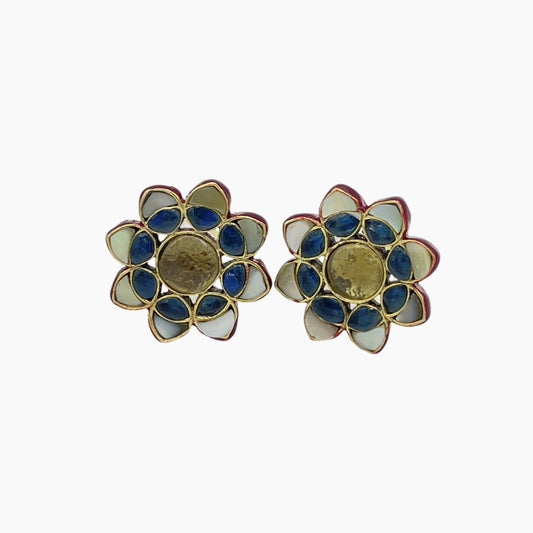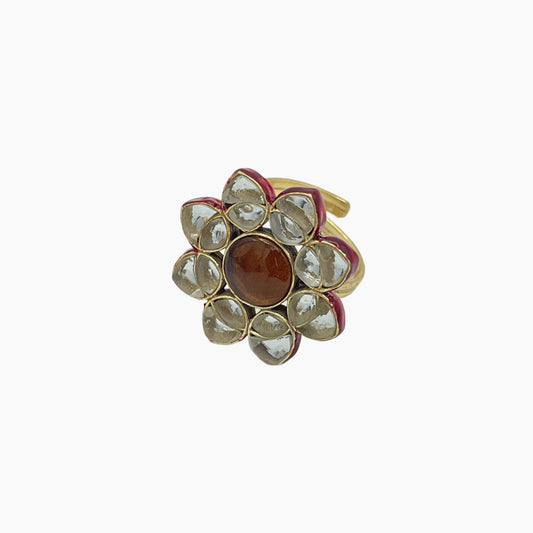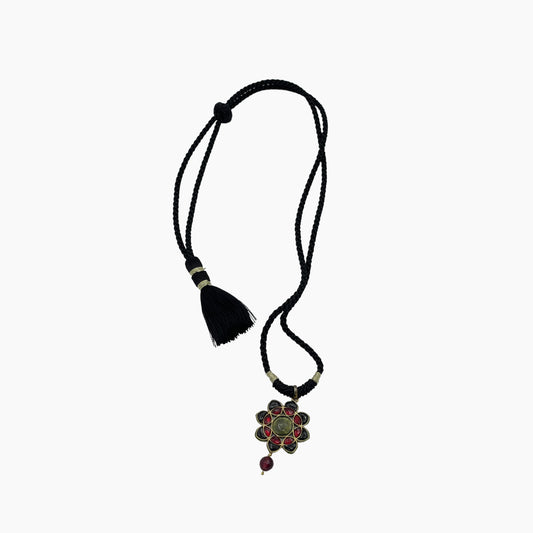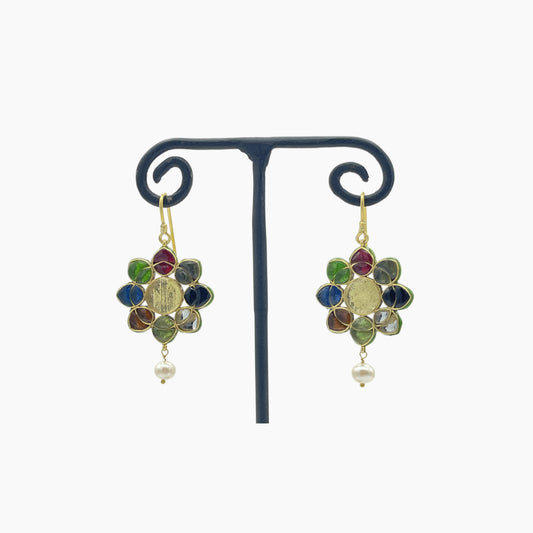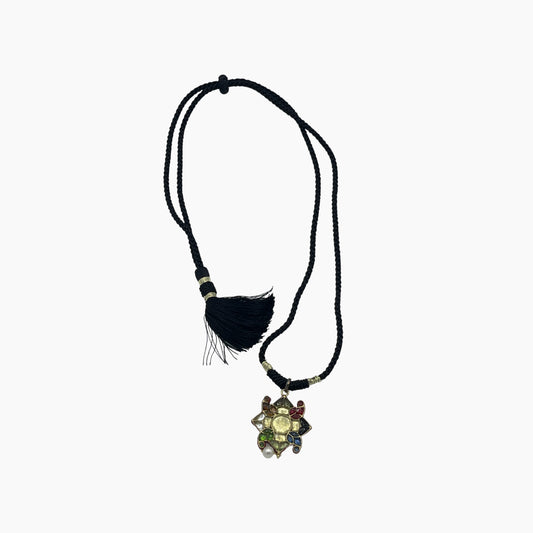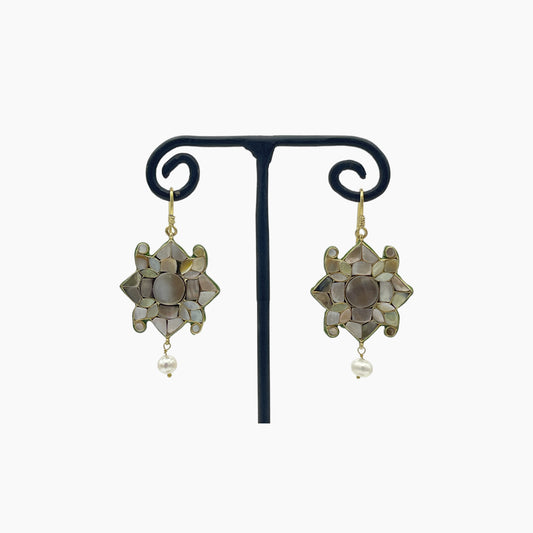Bahawalpur, Punjab
Kundan Work
Kundan work is a traditional form of jewelry crafting that involves setting carefully cut glass or gemstones into a base of pure gold or silver foil. Originating from Mughal India, this craft has become widely practiced in Pakistan, especially for creating bridal jewelry like necklaces, earrings, and bangles. Kundan pieces are known for their regal, intricate appearance, often adorned with polished stones, pearls, and enamel work (Meenakari) on the reverse side, creating luxurious, multi-dimensional designs.
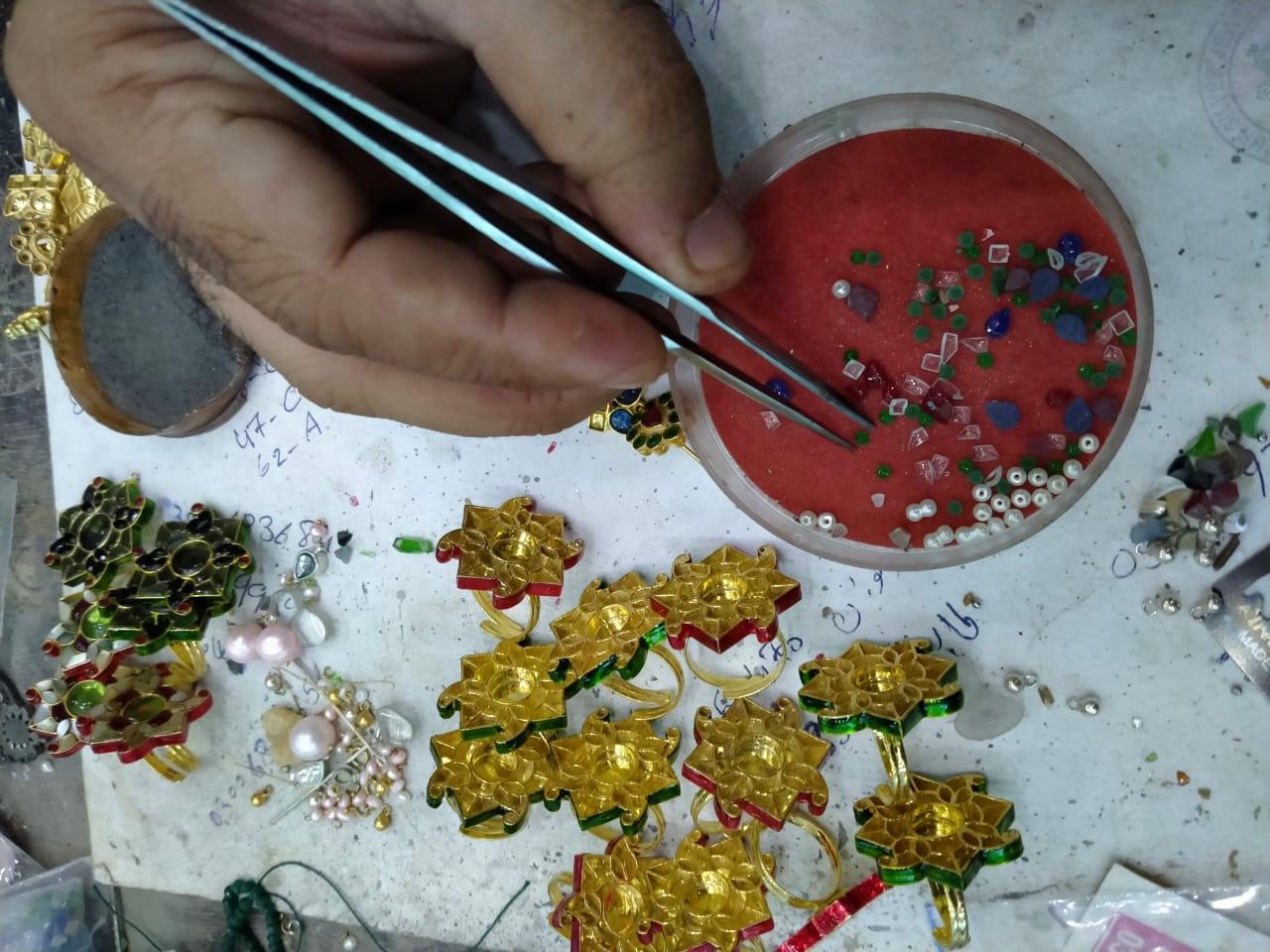
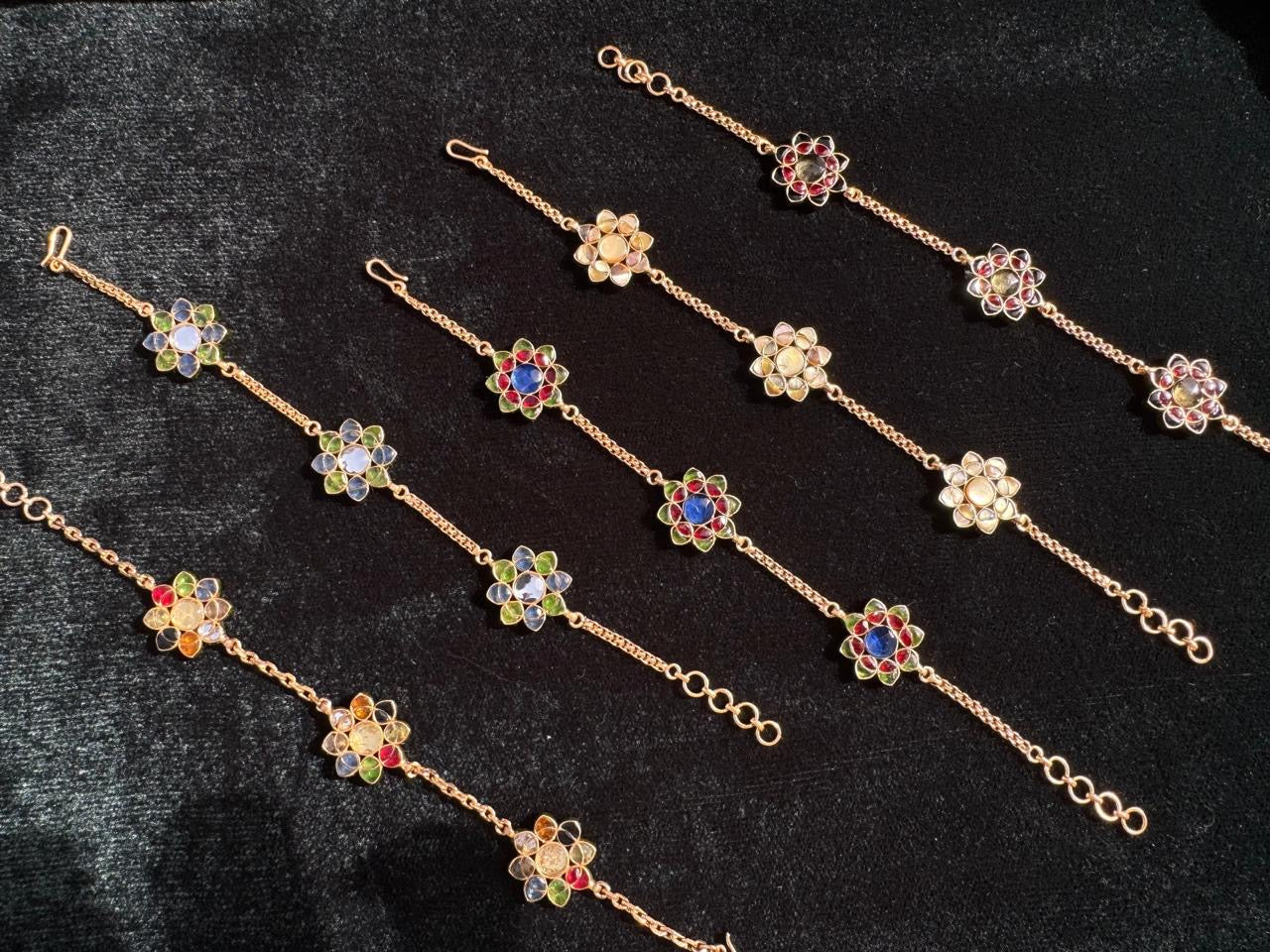
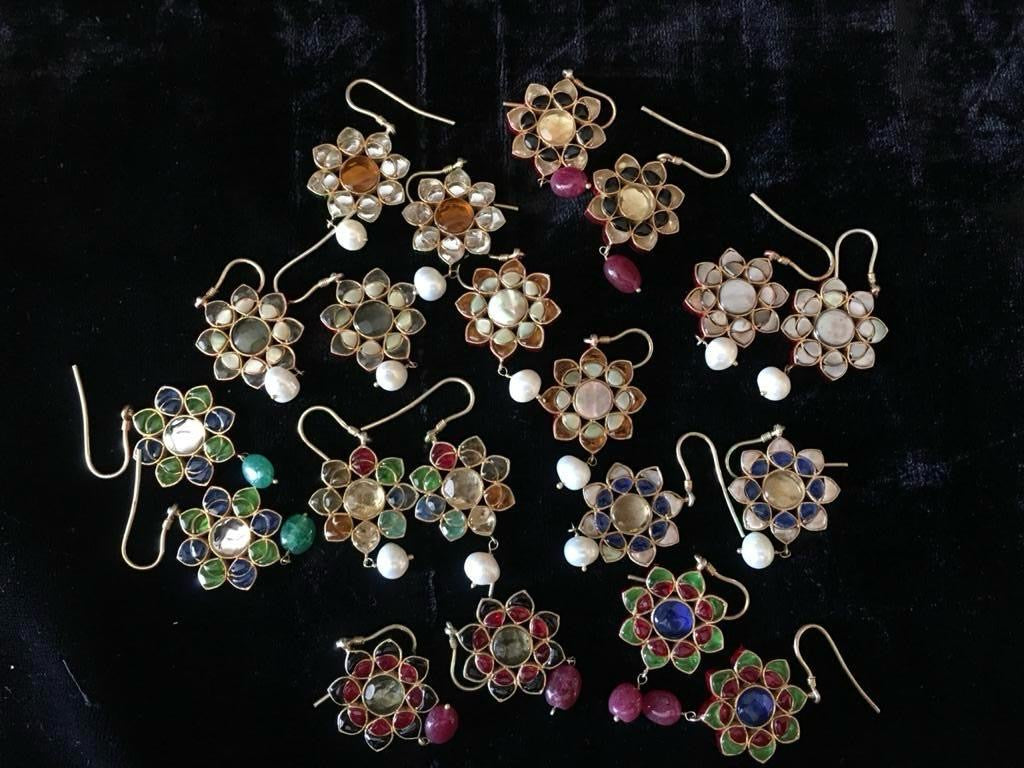
Collapsible content
Craftsmanship and Techniques
1. Gemstone Setting
Artisans use a technique where glass or gemstones are meticulously placed into a gold or silver framework without prongs, using a malleable metal base.
2. Layering Foil
Thin layers of gold or silver foil are applied around the stones, enhancing the depth and reflective qualities of the gems, giving the jewelry its signature radiance.
3. Meenakari (Enamel Work)
Often, Kundan jewelry features Meenakari designs on the reverse side, adding vibrant color and intricate patterns that make the jewelry more versatile and visually striking.
Cultural and Historical Significance
Kundan work is historically associated with royalty and nobility, especially during the Mughal era. The craft’s elaborate designs, often used in wedding and ceremonial jewelry, symbolize luxury, tradition, and status in Pakistani culture.
Modern Relevance
Today, Kundan work remains highly sought after for bridal jewelry and special occasions, appreciated for its handcrafted quality and timeless elegance. Modern designs blend traditional craftsmanship with contemporary styles, ensuring Kundan jewelry remains relevant in both local and global markets.
Shop Kundan Work products
-
Kundan Bookmark
Regular price Rs. 10,500Regular priceUnit price / per -
Patang Latkans
Regular price Rs. 13,500Regular priceUnit price / per -
Ambri Mohar Kundan Ring
Regular price Rs. 10,500Regular priceUnit price / per -
Kundan Studs
Regular price Rs. 16,500Regular priceUnit price / per -
Chaanp Kundan Ring
Regular price Rs. 10,500Regular priceUnit price / per -
Chaanp Kundan Necklace
Regular price Rs. 9,500Regular priceUnit price / per -
Chaanp Kundan Earrings
Regular price Rs. 16,500Regular priceUnit price / per -
Ambri Mohar Kundan Necklace
Regular price Rs. 9,500Regular priceUnit price / per -
Ambri Mohar Kundan Earrings
Regular price Rs. 16,500Regular priceUnit price / per
